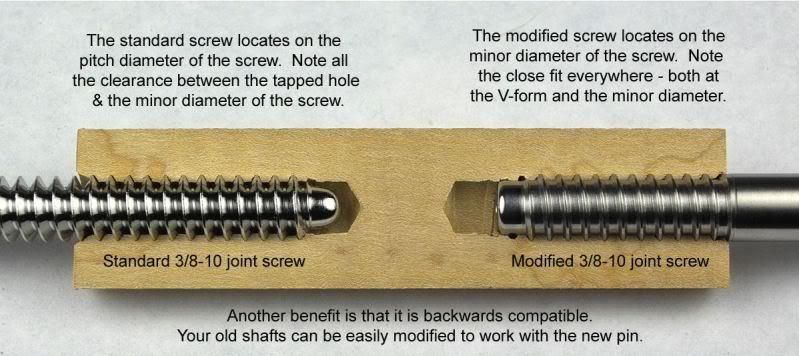I think the conical design is the way to get the tightest fit, btw.
Piloted a close 2nd, standard threads about a lap and a half behind.
c/ o Layain Cues;

Never tried conical. Been curious though.
I don't think this tolerance has anything to do with the quality of the hit or even the quality of the cue within reasonable limits anyway.
As for the piloted...it really depends on if you are talking about a true compression pilot or not. Most are not true compression pilots these days. My old JOSS is, my newer JOSS cues are not.
Th true compression pilot is really a thing of the past I think.
